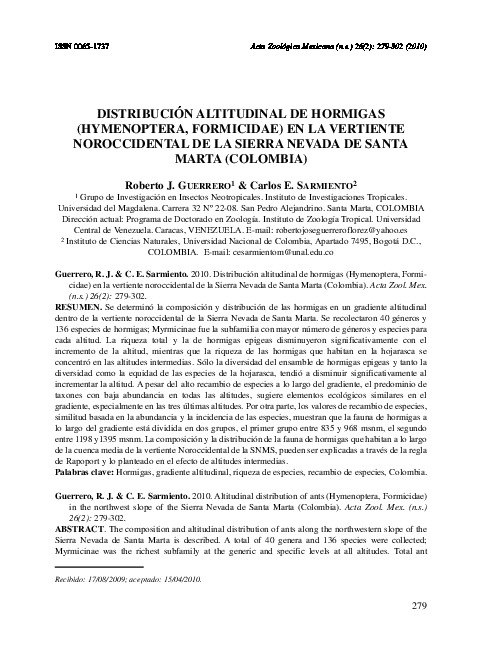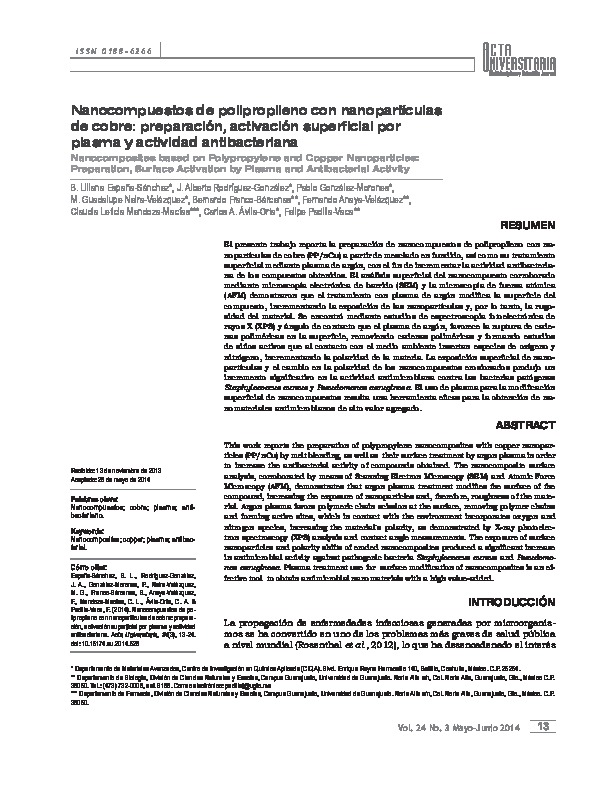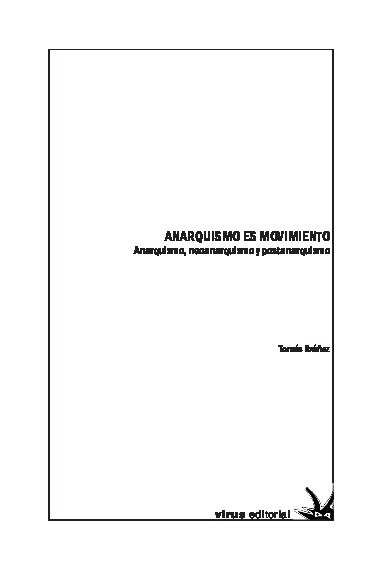Textos
Texto
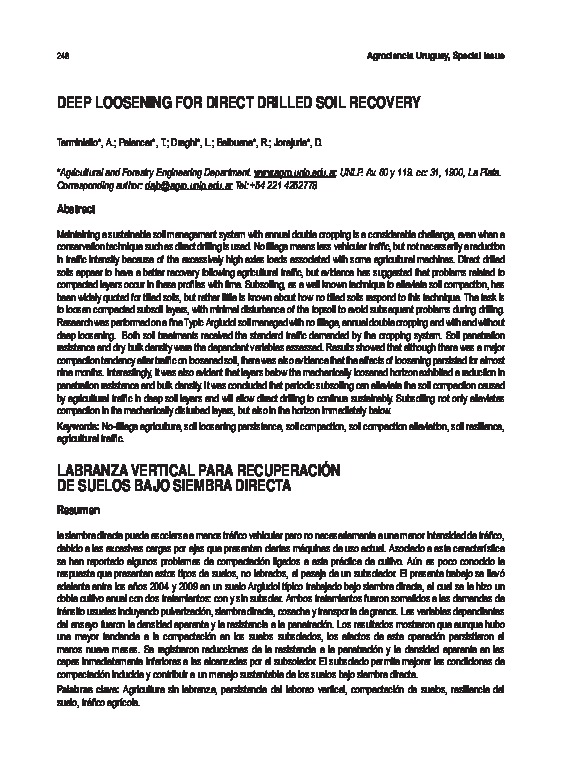
Deep loosening for direct drilled soil recovery
Descripción
Maintaining a sustainable soil management system with annual double cropping is a considerable challenge, even when a conservation technique such as direct drilling is used. No tillage means less vehicular traffic, but not necessarily a reduction in traffic intensity because of the excessively high axles loads associated with some agricultural machines. Direct drilled soils appear to have a better recovery following agricultural traffic, but evidence has suggested that problems related to compacted layers occur in these profiles with time. Subsoiling, as a well known technique to alleviate soil compaction, has been widely quoted for tilled soils, but rather little is known about how no tilled soils respond to this technique. The task is to loosen compacted subsoil layers, with minimal disturbance of the topsoil to avoid subsequent problems during drilling. Research was performed on a fine Typic Argiudol soil managed with no tillage, annual double cropping and with and without deep loosening. Both soil treatments received the standard traffic demanded by the cropping system. Soil penetration resistance and dry bulk density were the dependant variables assessed. Results showed that although there was a major compaction tendency after traffic on loosened soil, there was also evidence that the effects of loosening persisted for almost nine months. Interestingly, it was also evident that layers below the mechanically loosened horizon exhibited a reduction in penetration resistance and bulk density. It was concluded that periodic subsoiling can alleviate the soil compaction caused by agricultural traffic in deep soil layers and will allow direct drilling to continue sustainably. Subsoiling not only alleviates compaction in the mechanically disturbed layers, but also in the horizon immediately below.
Terminiello, A. et al (2012) Deep loosening for direct drilled soil recovery. Agrociencia, 16(3), pp. 248-254.
Categorias:
Colecciones:
Recuerda
La cultura y la educación necesitan de tu apoyo activo.
Información del autor
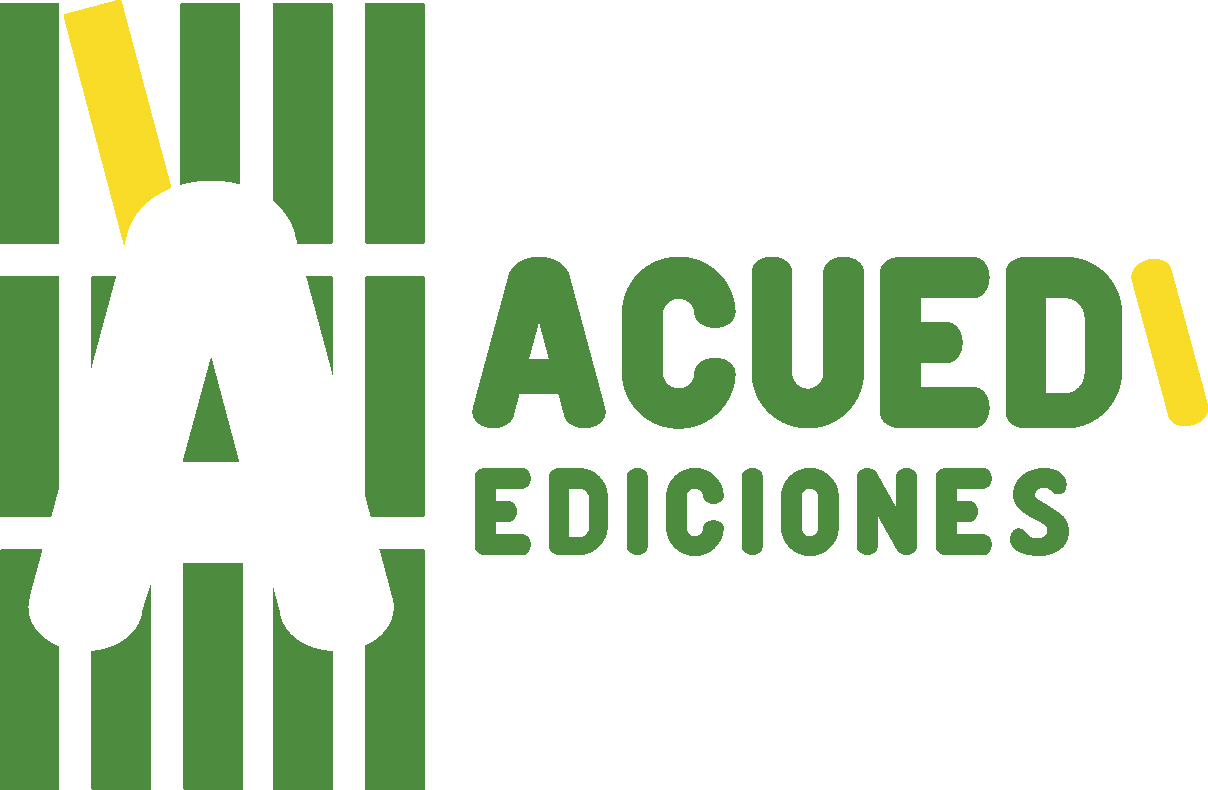
ACUEDI
ACUEDI son las siglas de la Asociación por la Cultura y Educación Digital. Somos una asociación civil sin fines de lucro, con sede en Lima (Perú), fundada en noviembre del 2011. Nuestro principal objetivo es incentivar la lectura y la investigación académica, especialmente dentro de espacios digitales. Para ello hemos diseñado una serie de proyectos, todos ellos relacionados entre sí. Este es nuestro proyecto principal, nuestra Biblioteca DIgital ACUEDI que tiene hasta el momento más de 12 mil textos de acceso gratuito. Como tenemos que financiar este proyecto de algún modo, ya que solo contamos con el apoyo constante y desinteresado de la Fundación M.J. Bustamante de la Fuente, hemos creado otros proyectos como ACUEDI Ediciones, donde publicamos libros impresos y digitales, y la Librería ACUEDI, donde vendemos libros nuestros y de editoriales amigas ya sea mediante redes sociales, mediante esta plataforma, en eventos o en ferias de libros.ACUEDI
